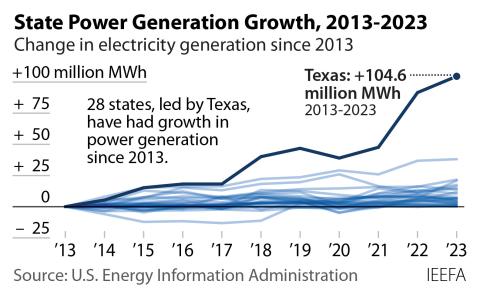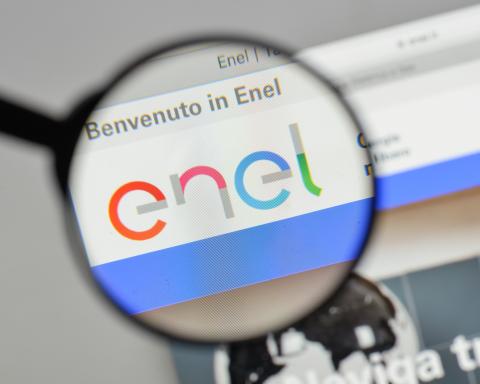Why IEEFA Is Weighing In on FirstEnergy Vs. PJM Interconnection
BY CATHY KUNKEL
IEEFA filed comments today with the Federal Energy Regulatory Commission (FERC) in the case of FirstEnergy vs. PJM Interconnection, in which FirstEnergy is trying to overturn the results of the most recent PJM “capacity auction.” That auction is the mechanism by which PJM, the Mid-Atlantic regional electric grid operator, helps to ensure that enough electricity is available to power the grid at a reasonable price.
The core of what we’re presenting to FERC commissioners is a report we published last month titled “First Energy: A Major Utility Seeks a Subsidized Turnaround,” which puts FirstEnergy’s complaint with FERC in context. Our executive director, Sandy Buchanan, notes in a letter [link to the letter and report] to FERC accompanying the report that FirstEnergy’s complaint is part of its broader strategy “of aggressively pursuing regulatory changes to subsidize its coal and nuclear generation.”
Part of the backstory here is that earlier this year, the District of Columbia Circuit Court of Appeals overturned a FERC order (Order #745), creating uncertainty about whether “demand response” will continue to be a resource in wholesale capacity markets. Demand response is the practice of paying electricity customers to curtail use in order to reduce demand at the most expensive peak periods of the day. It’s important because this method of saving electricity has been a rapidly growing resource for PJM in recent years, helping it avoid the need to build expensive new power plants and passing those costs on to ratepayers.
In FirstEnergy vs. PJM, FirstEnergy is arguing for an exceptionally broad interpretation of the appeals-court ruling by asking not only that demand response be removed from future auctions but that the results of the most recent auction be nullified and the auction re-done without demand response. This would drive up the price of capacity in PJM, benefitting FirstEnergy’s power plants at the expense of electricity customers throughout the mid-Atlantic.
FirstEnergy’s strategy in this case was cited by CEO Anthony Alexander on the company’s third-quarter earnings call on Tuesday as part of what he described as the company’s “efforts to advocate for a competitive market that supports price stability and reliability.”
It’s more likely that the company’s true intent is to prop up its struggling business model. The weak performance of FirstEnergy’s coal and nuclear units in the competitive market has been a major driver of its poor financial performance in the past few years.
Taken together, FirstEnergy’s earnings-call commentary and its complaint before FERC are part of a body of evidence that shows that the company is continuing unabashedly to pursue rate increases for its regulated companies, and to gain regulatory changes that will prop up its struggling competitive generation company.
Cathy Kunkel is a fellow at IEEFA.











